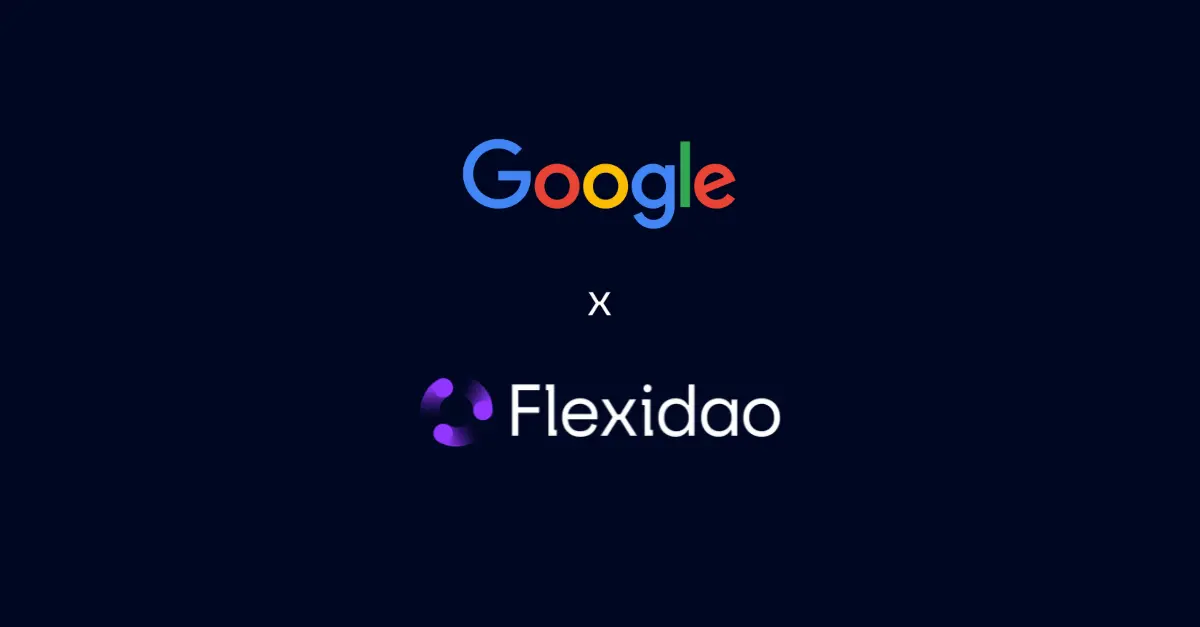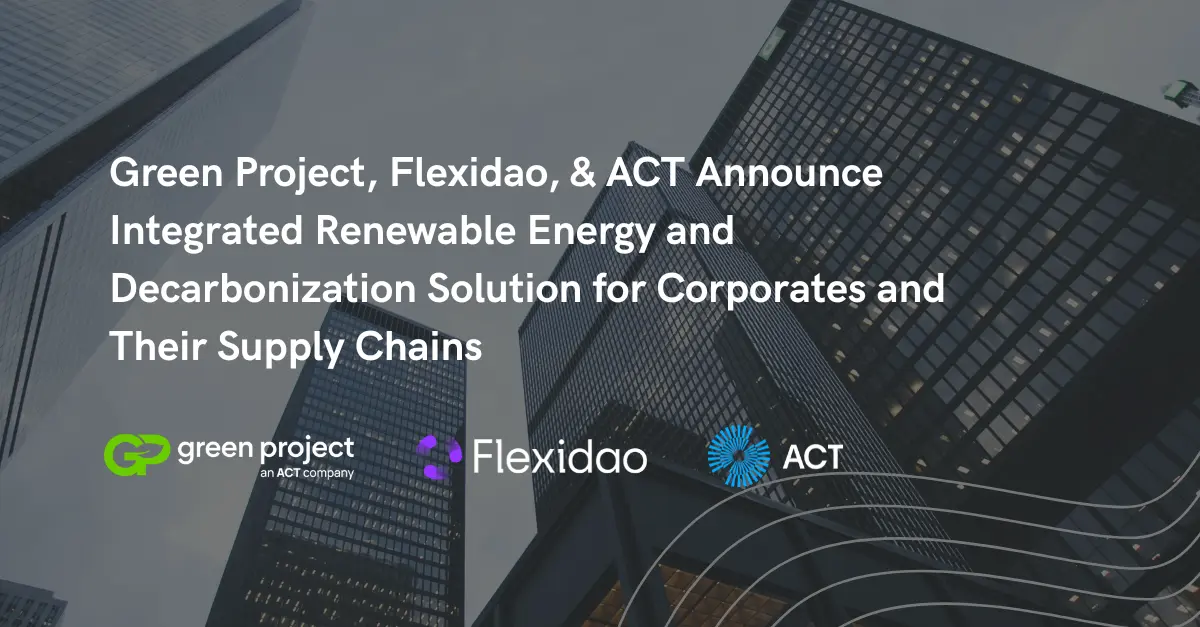RED III: The Impact on PPAs and GOs
RED III: The Impact on PPAs and GOs
RED III impacts PPAs and GOs. Learn how Flexidao's energy management solutions navigate these changes for your benefit.
What Can We Expect from the RED III?
The adoption of the Climate Law has set Europe a binding objective of net zero by 2050. The first major milestone on the road to net zero will be the 2030 emission targets. Europe has set a target of net GHG emissions reductions of 55 percent by 2030, compared to 1990 levels. To achieve this goal, several updates to energy legislation are currently in progress. At the core of these updates is the amendment to the Renewable Energy Directive II (RED II).
In another article, we discussed the commission's proposals for the updated directive (or RED III). Current proposals aim to double the share of renewables from 20 to 40 percent in 2030. The RED III will also include some other measures. These include supporting electrification, sustainability, certification of gases such as hydrogen, and cross-border cooperation. Power Purchase Agreements (PPAs) and Guarantees of Origin (GOs) will also see some important changes that will promote the development of these markets.
Summary of the Renewable Energy Directive III For PPAs & GOs
During the last edition of RE-Source, Amsterdam's flagship event which gathers renewable energy buyers and suppliers, RED III was discussed. During one of the main stage conferences of the closing day, speakers from the public and private sectors examined how the new directive would shape the European energy policy framework.
The European Commission has recognized the successes of the PPA and GOs markets in the past decade. These mechanisms are now seen as critical tools to accelerate renewable energy deployment in Europe. They enable Member States (MS) to achieve the bigger renewable targets more cost-effectively and make savings in support schemes. However, PPAs and GOs are not without their flaws. To help improve these markets, the commission has proposed several changes for the RED III. These changes primarily relate to Article 15 and Article 19.
Article 15 (PPAs)
Taking a closer look into Article 15, the new PPA provisions propose to:
- Strengthen reporting requirements on PPAs for member states. Member states will be required to assess the regulatory and administrative barriers of PPAs. They will also be tasked with removing unjustified barriers.
- Ensure that the associated GOs can be transferred to the buyers of the renewable PPAs.
- Reduce financial risks of PPAs. The use of credit guarantees has been proposed to help SMEs access the market.
- Introduce requirements to indicate the expected volume of national renewable power generation that will be supported by Corporate PPAs (CPPAs).
Article 19 (GOs)
Taking a closer look into Article 19, the new GO provisions propose to:
- Ensure that all energy produced can receive a GO. Under the current RED II, there is a right for countries to not issue GOs to renewable energy generators that receive state support. The amendment to Article 19 removes this exception, establishing a stronger link to PPAs.
- Make it obligatory for electricity suppliers to use GOs in their fuel mix disclosure. The share of renewables in the residual mix is excepted from this rule.
In summary, the EU Commission sees PPAs and GOs as key tools for consumer information and also for the further uptake of renewable energy. The RED III will help to establish a more coherent base for informing consumers on their energy purchasing.
Benefits to Corporate Renewable Energy Buyers
The proposed changes to RED II will bring many benefits to renewable energy buyers.
- Greater market access
With reduced financial risk, PPAs could become an option for smaller power consumers. The high cost of contracting and credit is currently a barrier to PPAs for SMEs and low-load consumers. With the rollout of credit guarantees and volume aggregation, PPAs for smaller power consumers become a viable option.
- Simplification of the GO system
The changes will help to standardize GOs across European member states. This will help to reduce confusion related to supported and non-supported GOs and enhance tradability.
- Market information for consumers
Large corporations want to accurately report their Scope 2 and 3 emissions. They’re constantly pushing energy suppliers for more renewable purchasing data. Legislating the use of GOs for fuel mix disclosures will make it easier for corporations to access concrete data related to their renewable energy supply.
- Reduced power costs
The RED III should lead to reduced costs for renewable energy consumers. The simplification and standardization of PPAs will reduce administrative and regulatory costs, allowing developers to lower their prices.
The most important task now is the implementation, execution, and timing of the RED III. With PPAs and GOs being at the center stage of not only the RED III but also in the toolbox recently communicated by the EU Commission, it will accelerate the deployment of renewables around Europe.
Growing Interest in Granular GOs
In recent years, there has been increased interest in more granular GOs - or GC (Granular Certificates). This has resulted in developments such as the Energytag initiative. Many market players have called for legislating greater granularity in GOs in the RED III.
For example, in their public feedback to the RED III proposals, the European Data Centre Association (EUDCA) suggested amending Article 19 “to require additional information on the technology and time of generation (i.e. time-stamping on at least an hourly basis) to support buyers to improve their clean energy tracking and reporting.”
However, the current proposed amendments do not legislate for increased granularity in GOs. Despite this, the commission has recognized the importance of shorter time intervals in GOs. In the aforementioned RE-Source conference discussion Henrik Dam, a policy officer from the European Commission (DG Energy), highlighted the potential importance of GCs soon. The maturity of the technology to enable GO granularity is seen as a key prerequisite before concrete legislation is put forward. Metering data also needs to be standardized and made available across member states. We discuss this in more detail in our white paper - Granular Electricity Meter Data Access: A Practical Guide for Corporate Clean Energy Buyers.
Nevertheless, the current RED II legislation doesn’t restrict the implementation of granular GOs. Flexidao and other companies have been developing the infrastructure to enable the implementation of GCs.
How Flexidao Can Help
We provide a solution that keeps all the essential information about energy origin and emissions in one place. Access this data monthly or hourly, ensuring you can make quick and accurate energy decisions and generate comprehensive reports. With this, you can keep track of your EAC data, streamline the management of your PPA contract, certificates, as well as emissions data.
Speak with our experts about the proposed changes under the Renewable Energy Directive III and book a demo to test our technology.


%20(1).webp)





